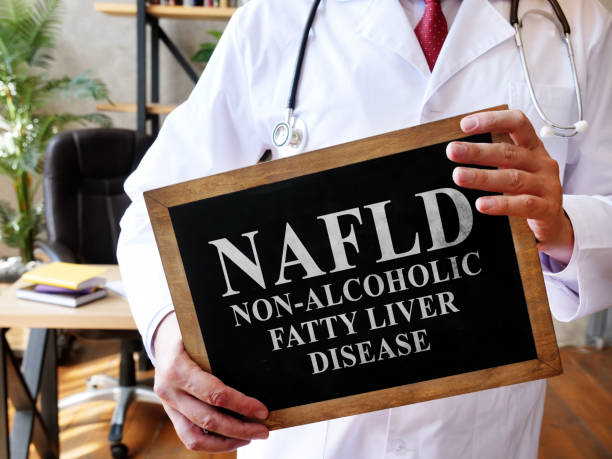Fatty liver disease has been a growing global health concern, particularly as lifestyles become more sedentary and diets more calorie-dense. Until recently, this condition was commonly known as NAFLD (Non-Alcoholic Fatty Liver Disease). However, medical experts have now adopted a new term—MASLD, which stands for Metabolic Dysfunction-Associated Steatotic Liver Disease. This change is not just cosmetic; it reflects a deeper understanding of the root causes of the disease and helps remove outdated misconceptions.
What Was NAFLD?
NAFLD referred to the accumulation of excess fat in the liver in people who consumed little to no alcohol. While the name was meant to distinguish it from alcohol-related liver disease, it inadvertently placed too much emphasis on the absence of alcohol consumption. This led to confusion among patients and even healthcare providers, often creating unnecessary stigma.
Why the Change to MASLD?
The renaming of NAFLD to MASLD represents a significant shift in how the medical community views this condition. The new terminology acknowledges that metabolic dysfunction—not alcohol—is the primary driver of the disease. This includes risk factors such as obesity, insulin resistance, type 2 diabetes, high blood pressure, and abnormal cholesterol or triglyceride levels.
“Unlike the old name, which focused on what the disease wasn’t (non-alcoholic), the new name clearly identifies what the disease is—a liver condition strongly linked to metabolic issues,” explains Dr. Sameer Bhati, Director at Star Imaging and Path Lab. “This shift also helps eliminate the stigma associated with the word ‘non-alcoholic,’ which implied that alcohol was the only or primary cause of liver disease.”
A More Inclusive and Accurate Diagnosis
The change to MASLD is part of a broader effort to improve the clarity and accuracy of liver disease diagnoses. By focusing on metabolic dysfunction, MASLD better represents the majority of cases, especially in countries with rising rates of obesity and diabetes. Studies have shown that a significant percentage of people with type 2 diabetes or metabolic syndrome also suffer from fatty liver disease, often without realizing it.
The new name also helps clinicians make more consistent diagnoses and guides better treatment strategies. Instead of ruling out alcohol use as the first step, doctors now assess a patient’s overall metabolic health to understand their liver condition.
Why It Matters
Early diagnosis of MASLD is crucial because the disease is often silent in its early stages but can progress to more serious conditions such as liver inflammation (steatohepatitis), fibrosis, cirrhosis, and even liver cancer. When left untreated, MASLD can significantly impact overall health and life expectancy.
Fortunately, MASLD is both preventable and manageable. Lifestyle changes such as regular physical activity, a balanced diet low in processed foods and sugars, and proper management of blood sugar and cholesterol levels can help control or even reverse the disease in its early stages.
Final Thoughts
The renaming of NAFLD to MASLD is more than just a linguistic update—it’s a reflection of medical progress. It acknowledges that fatty liver disease is closely tied to the broader metabolic health crisis and emphasizes the importance of early intervention. By focusing on what causes the disease rather than what doesn’t, the term MASLD offers a clearer, more compassionate, and scientifically accurate path toward awareness, diagnosis, and treatment.
For individuals at risk—especially those with obesity, diabetes, or metabolic syndrome—regular liver screenings and proactive lifestyle changes are key to staying ahead of this silent yet serious condition.

